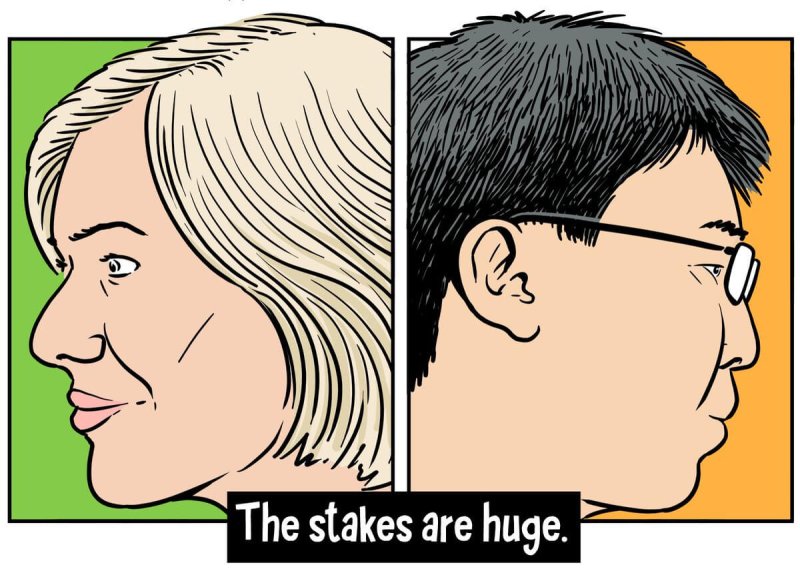CRISPR was first reported by Jennifer Doudna and Emmanuelle Charpentier in 2012, as an outgrowth of their work on bacterial immunity at the University of California at Berkeley and the University of Vienna [CVC]. They did not explicitly show that CRISPR could edit genes in eukaryotic cells… in their earliest published work.
…
The first scientific publication demonstrating that CRISPR could be effectively practiced in eukaryotic cells was by Zhang and colleagues at The Broad Institute, MIT and Harvard University.
…
Both groups claimed inventorship over CRISPR applications to eukaryotic cells (which encompasses most of the most promising applications of the technology).
…
The Broad’s earliest date of conception is later than CVC’s, in June 2012, with asserted reduction to practice in July 2012.
This timeline would ordinarily indicate that CVC should win the priority battle, but the Broad has asserted a nuanced counter-argument; the Broad contends that the unpredictability of using CRISPR in eukaryotic cells is sufficiently high that only by actually reducing the invention to practice in a eukaryotic cell could the invention be conceived.
These circumstances leave the ownership status of eukaryotic CRISPR technology in limbo for at least the foreseeable future. This state of affairs raises clear impediments to commercial development, at least until and if the parties decide some way to cross-license CRISPR to third parties.
































